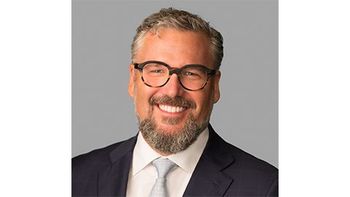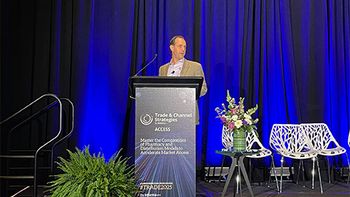
Sandoz' filgrastim biosimilar is now on the US market
Initial pricing has a 15% discount off Amgen's Neupogen
Some are calling it a “new era in biotechnology,” which is debatable, but in any case, Novartis’ Sandoz unit has now cleared the last bit of
Zarxio (or, in Europe, Zarzio) isn’t the only biosimilar; Teva Pharma went the route of conducting its own R&D and approval program to commercialize Granix, its version of filgrastim, and there are other biosimilar filgrastims available outside the US, so this event is more of a milestone in FDA and US judicial rulemaking. Unless FDA streamlines its biosimilar review process, the pattern in the near future is likely to be that biosimilars on the market outside the US will be the first approved inside the US, given the clinical evidence that can be accumulated thereby. In Zarzio’s case, the product has been prescribed since 2009 for over 100,000 patients; and Sandoz touts the fact that it has a larger market share than Neupogen or any other filgrastim product in Europe.
“With the launch of Zarxio, we look forward to increasing patient, prescriber and payor access to filgrastim in the US by offering a high-quality, more affordable version of this important oncology medicine, said Richard Francis, global head, Sandoz, in a statement. The company is putting the product in open distribution; conventionally, it is sold as a prefilled syringe that can be applied by patients themselves. Sandoz is also setting up a patient service center, Sandoz One Source, to provide patients information and financial assistance.
Neupogen (and now Zarxio) are prescribed mostly for low white-blood cell disorders, often caused by chemotherapy. It had been a billion-dollar blockbuster for Amgen, but its use has declined somewhat in recent years. (By the way, both products are temperature-controlled, requiring
Blandford says that he expects a process to develop where the originator sets a market price, the biosimilar provider undercuts that, and then both of them put additional rebates on their price for individual clients such as health systems or PBMs. The experience of J&J’s Remicade (infliximab) is illustrative: In Scandinavia, a biosimilar from Hospira appeared in 2013, with a 39% discount; then another supplier showed up and by early 2015, the biosimilar was at a near-70% discount.
“US buyers will want assurances that a biosimilar works as well as the originator product,” says Blandford, “and they’ll also be looking for assurance that the manufacturer can provide consistent quality and maintain production,” he says. “Overall, the biosimilars market is going to evolve on a different track then small-molecule generics have.”
Newsletter
Stay ahead in the life sciences industry with Pharmaceutical Commerce, the latest news, trends, and strategies in drug distribution, commercialization, and market access.





